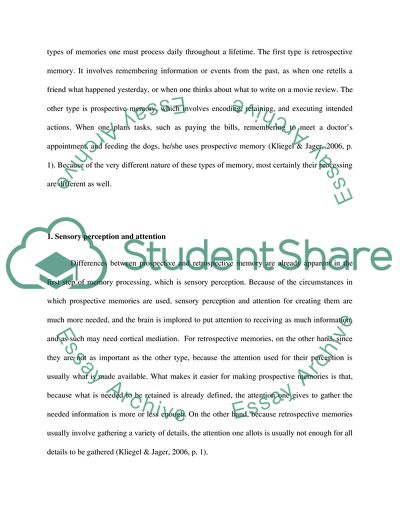Cite this document
(The Influence of Emotions and Memory Research Paper, n.d.)
The Influence of Emotions and Memory Research Paper. Retrieved from https://studentshare.org/psychology/1737782-the-influence-of-emotions-and-memory
The Influence of Emotions and Memory Research Paper. Retrieved from https://studentshare.org/psychology/1737782-the-influence-of-emotions-and-memory
(The Influence of Emotions and Memory Research Paper)
The Influence of Emotions and Memory Research Paper. https://studentshare.org/psychology/1737782-the-influence-of-emotions-and-memory.
The Influence of Emotions and Memory Research Paper. https://studentshare.org/psychology/1737782-the-influence-of-emotions-and-memory.
“The Influence of Emotions and Memory Research Paper”, n.d. https://studentshare.org/psychology/1737782-the-influence-of-emotions-and-memory.


